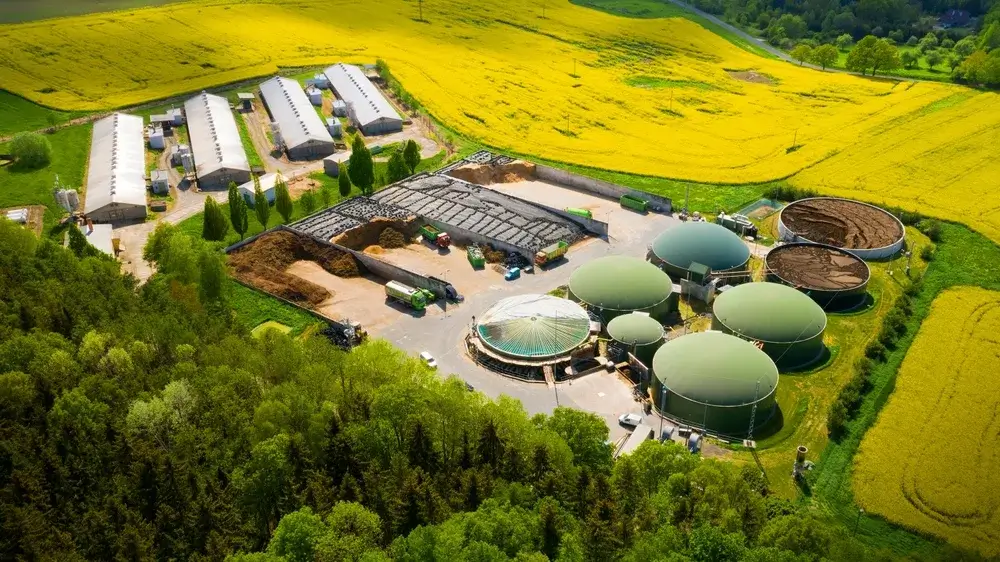CHP power plant
In this section we dive into the mechanics, benefits, and applications of CHP systems, which are renowned for their efficiency in simultaneously generating electricity and thermal energy from a single fuel source like natural gas or biogas. Our coverage spans the latest trends, technological advancements, and sustainability impacts of cogeneration plants, providing readers with a comprehensive understanding of their role in modern energy systems.
What is the heating system of the future?

Browse category
Is it worth it? An overview of the costs of a combined heat and power plant

The combined heat and power plant in a single-family house — what you need to know



